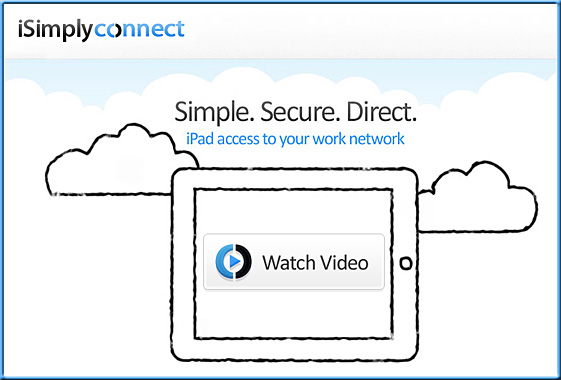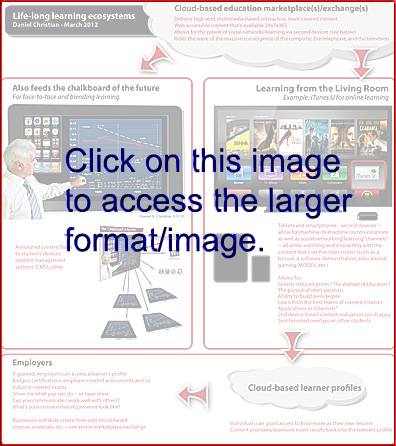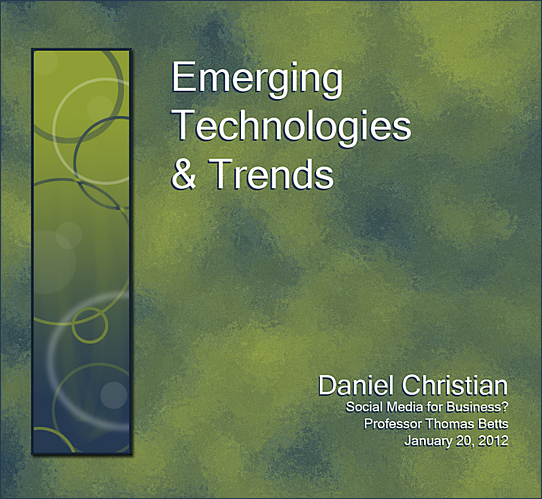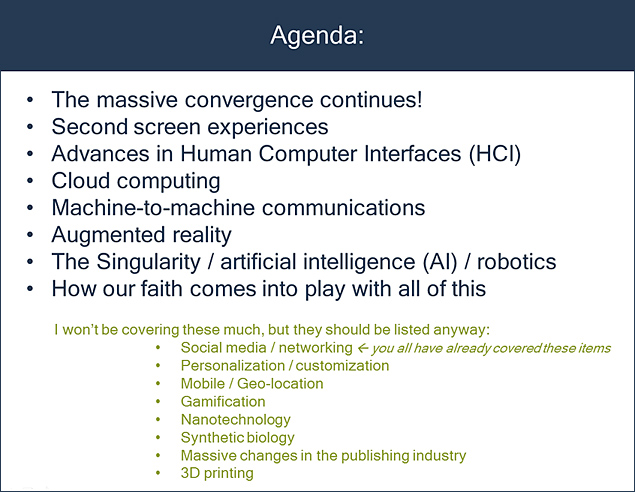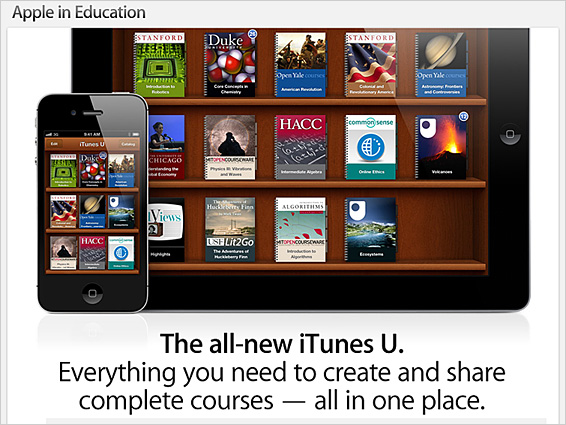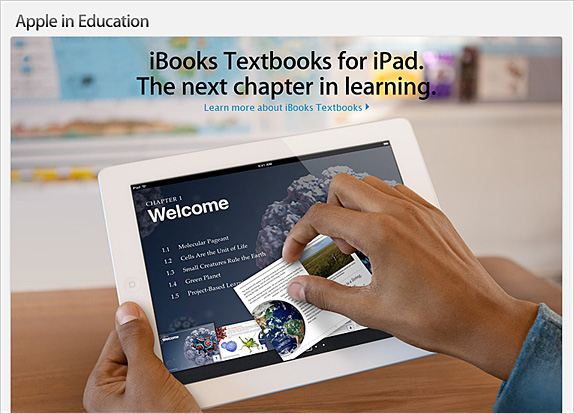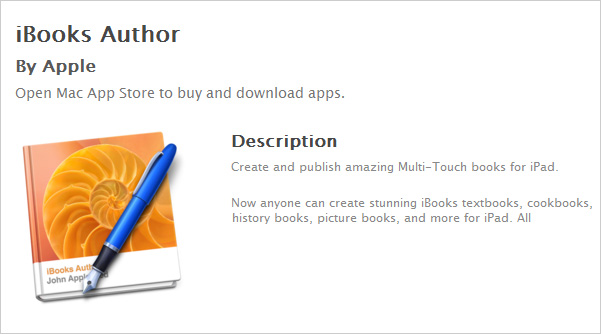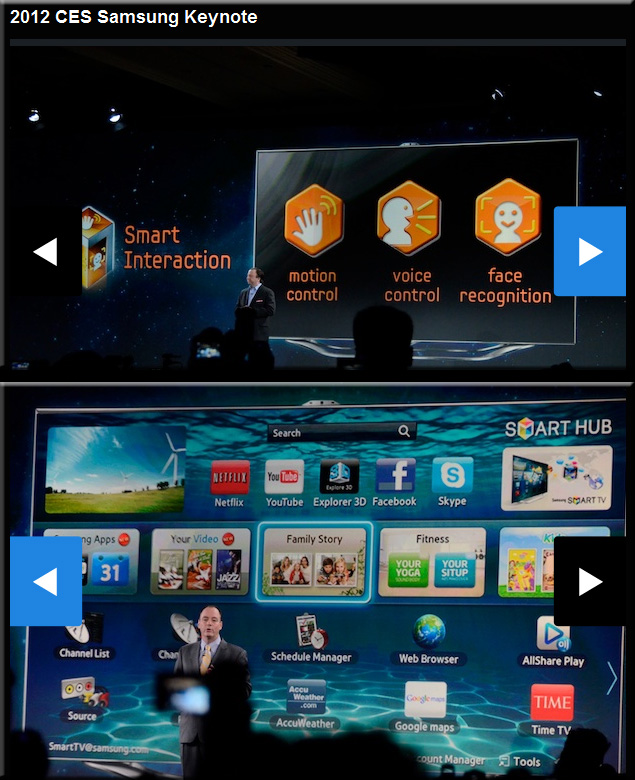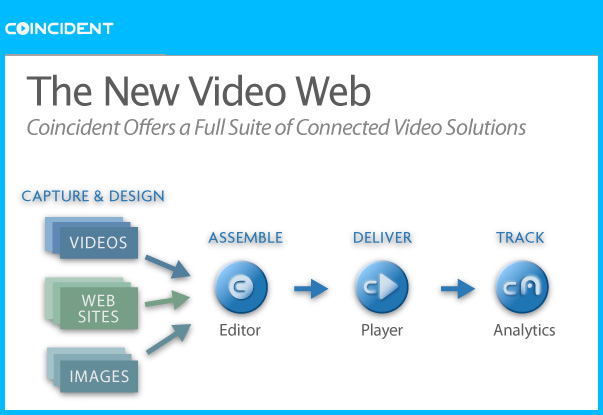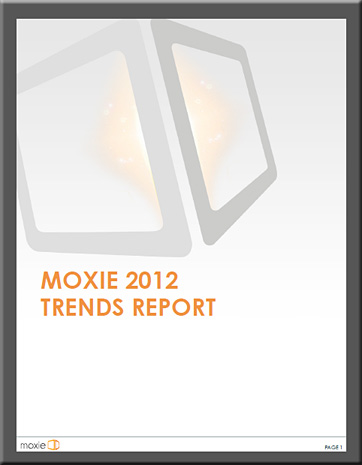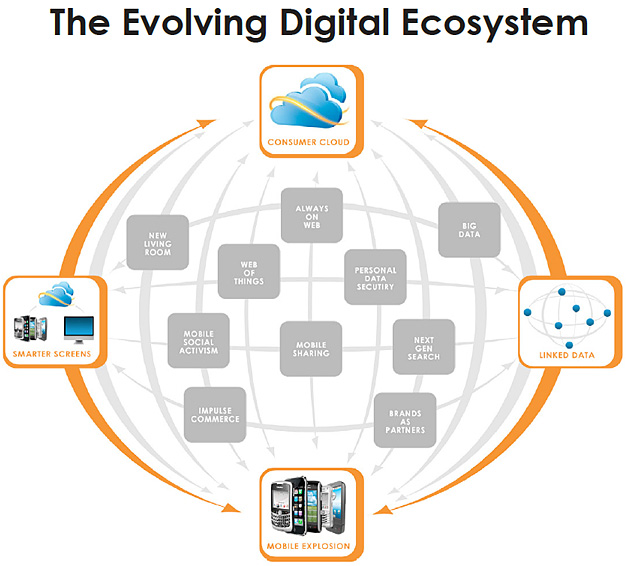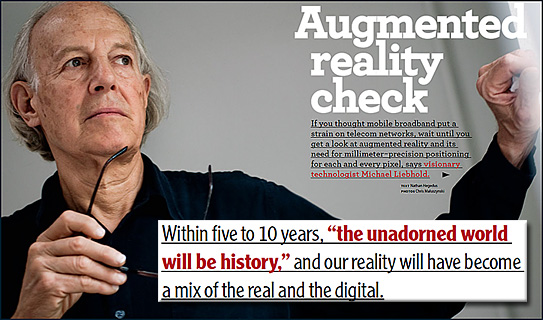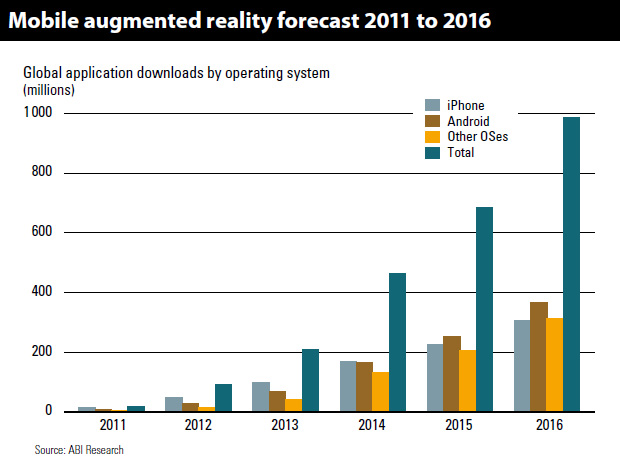Excerpt from Welcome to the Qualcomm Tricorder X PRIZE blog:
Well, for most of us, health is something we don’t bother with… until we don’t have it. Imagine this scenario:
It’s 3 a.m. Your child is crying and screaming about an earache that has gotten progressively worse all day. Her temperature has been steadily rising and is now at 103°. What do you do now? Head to the hospital? Take her to a pediatrician? Get some Advil and wait it out? But would that interfere with a medication that she might get later at the ER or Urgent Care?
By the way, she is still crying while you are trying to figure this out.
Imagine an alternate universe, one where you take a small sample of her saliva and insert it into an attached sensor on your smartphone. There it gets analyzed, and – bing – on your 3×5-inch screen, it reassures you by telling you:
“Sadie has another ear infection. Please give her some Ibuprofen, because she may react to the aspirin like she did last time this happened in August. The nearest Walgreen’s is two blocks away, and has a prescription filled for a topical antibiotic that should begin to address symptoms within three hours. Her pediatrician has an appointment available tomorrow at 3 p.m. Would you like me to schedule you for this time?”
We aren’t there quite yet, but at X PRIZE we see a day when we soon will be. In this competition, we are creating this future by launching a $10 million competition that will ask to teams to accurately and quickly diagnose 15 common and important diseases without the input or oversight of a health professional. So that in the future we may not need a doctor, or an ER room, or not even have to wait until we are sick to get health information and health care.
Health information can be now, it can be mobile, and it can be controlled by you.
See also:
Marc Andreessen: Predictions for 2012 (and beyond) — from cnet.com by Paul Sloan
Excerpt:
Software has chewed up music and publishing. It’s eaten away at Madison Avenue. It’s swallowed up retail outlets like Tower Records. The list goes on.
No area is safe–and that’s why Andreessen sees so much opportunity.
Fueling his optimism: ubiquitous broadband, cloud computing, and, above all, the smartphone revolution. In the 1990s, the Internet led to crazy predictions that simply weren’t yet possible. Now they are.
What we learned in 2011 – you’re going mobile — from Blackboard blogs » Next Level Learning by Kevin Alansky
Excerpt:
What stood out after looking at this year’s trends could be summarized in a single word: mobile.
Mobile technologies are not only increasingly important in our daily lives, but are also playing a more substantial role in workplace training and education. Here are just a few examples of mobile developments in various professional working and learning environments this year…
7 mobile trends for 2012: NFC, Nokia, Apps and HTML5 — from gottabemobile.com by Josh Smith
Excerpt:
Given the importance of apps to the overall success of a phone and a platform, and this wide number of devices, we invited Bjorn Hildahl, VP of Product Management at Kony to fill us in on what to expect in 2012.
Kony is a 5 year old development services company that enables companies to write apps once and turn them into native apps for 7 platforms, the mobile web and tablets. Kony boasts a collection of clients like SouthWest and Citi, and focuses on delivering apps that feel like they were written specifically for a platform rather than wrapping a mobile webpage in a shell and calling it native.
The Application Island: Gaining Mobile Developer Mindshare — from readwriteweb.com by Dan Rowinski
Excerpt:
A REVOLUTION IN PERCEPTION is in the air, a transformation decades in the making. It will require a radical shift in viewpoint, as the way we experience data and information revolves 90 degrees from our traditional bird’s-eye view of maps, paper and screens to a more natural cinematic vision of the real world, one overlaid with digital information virtually attached to specific places.
And while augmented reality may still be in its infancy – with smartphone viewfinders displaying floating objects that are only vaguely connected to real places – don’t let that fool you.
The changes could reach far beyond mobile broadband and potentially be as profound as the development of the World Wide Web, says Michael Liebhold of the Institute for the Future. Liebhold forecasts that within five to 10 years, “the unadorned world will be history,” and our reality will have become a mix of the real and the digital. Telecom companies need to be ready, he says, to meet the demands of networks in which we are connected right before our eyes.
.
HTML5 program promises to be game changer — from mediapost.com by Diane Mermigas
Also see:
- Elevation Partners Director and Co-Founder Roger McNamee [Video-based presentation]
Chapters (full program: 52 min 22 sec)
01. Introduction
02. Demise of Microsoft means opportunity
03. Google in a tough spot
04. Creativity rules in HTML5
05. Apple domination in tablets
06. Access from any screen
07. The social wave is over
08. TV the last protected media
09. Economic context and seed investing
10. Why Apple supports HTML5
11. Privacy regulation
12. HTML5 implications for content protection
13. Investment in Forbes
14. Ringback tones
15. Money in the music industry
16. Subscription television
- 10 Hypotheses for Technology Investing — by Roger McNamee
- #1: “Next” web architecture = Hypernet + Hyperweb
- #2: The decline & fall of Windows unlocks revenue
- #3: Index search is peaking
- #4: Apple’s model threatens web
- #5: HTML5 is game changer for publishers
HTML5 is not just a programming language; enables new models of web experience
– Developers will embed audio and video directly in web pages, replacing Adobe’s Flash plug-in; enables much greater differentiation in sites, advertising, etc.
– Content publishers will redesign their sites to reduce power of Google, ad networks
HTML5 will be disruptive in ways we cannot imagine today: pendulum swinging to favor content creators and publishers. Imagine Amazon or eBay storefront as an ad.
– Everything can be an app . . . every piece of content . . . every tweet . . . every ad
– Ads: create demand and fulfill it at the same time . . . without leaving publisher’s page
– Other tech (e.g., Wordnik) enables publishers to protect and monetize text onsite and off- #6: Tablets are hugely disruptive
- #7: First wave of “social web” is over
- #8: Smartphones in US: Apple + 7 Dwarfs
- #9: Wireless infrastructure is a competitive threat to US
- #10: Integration of TV & Internet could be disruptive
From DSC:
- A recommendation that caught my eye:
Focus 100% on companies that are cloud + multiscreen; HTML 5 as proxy.









